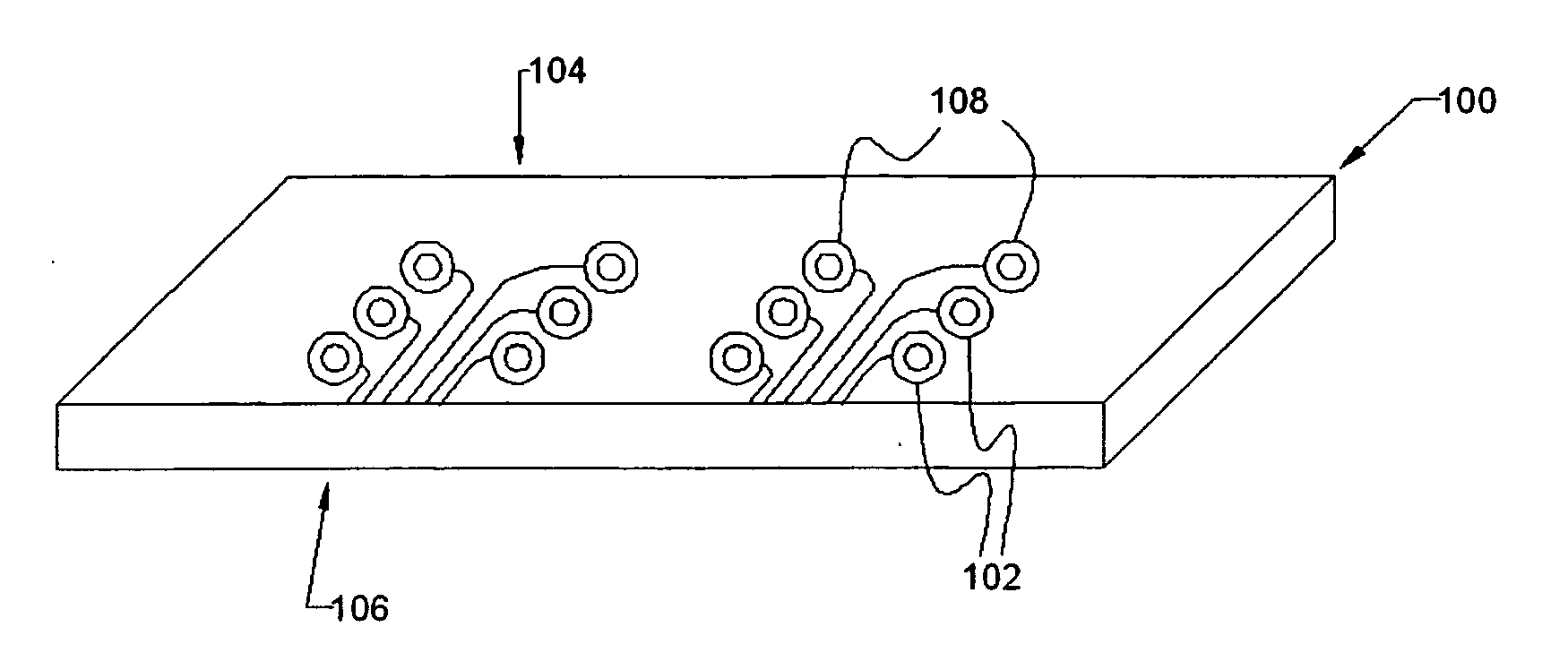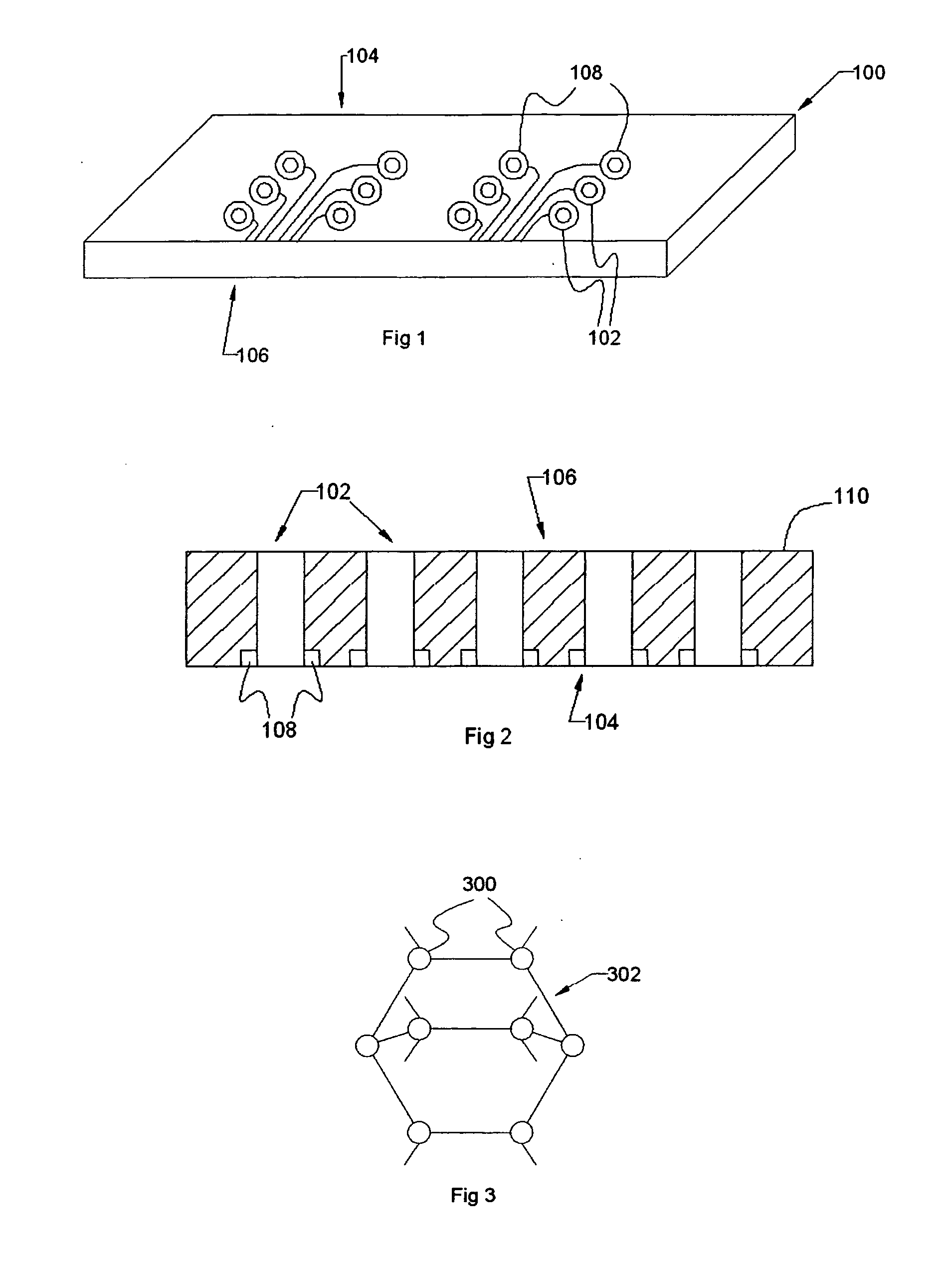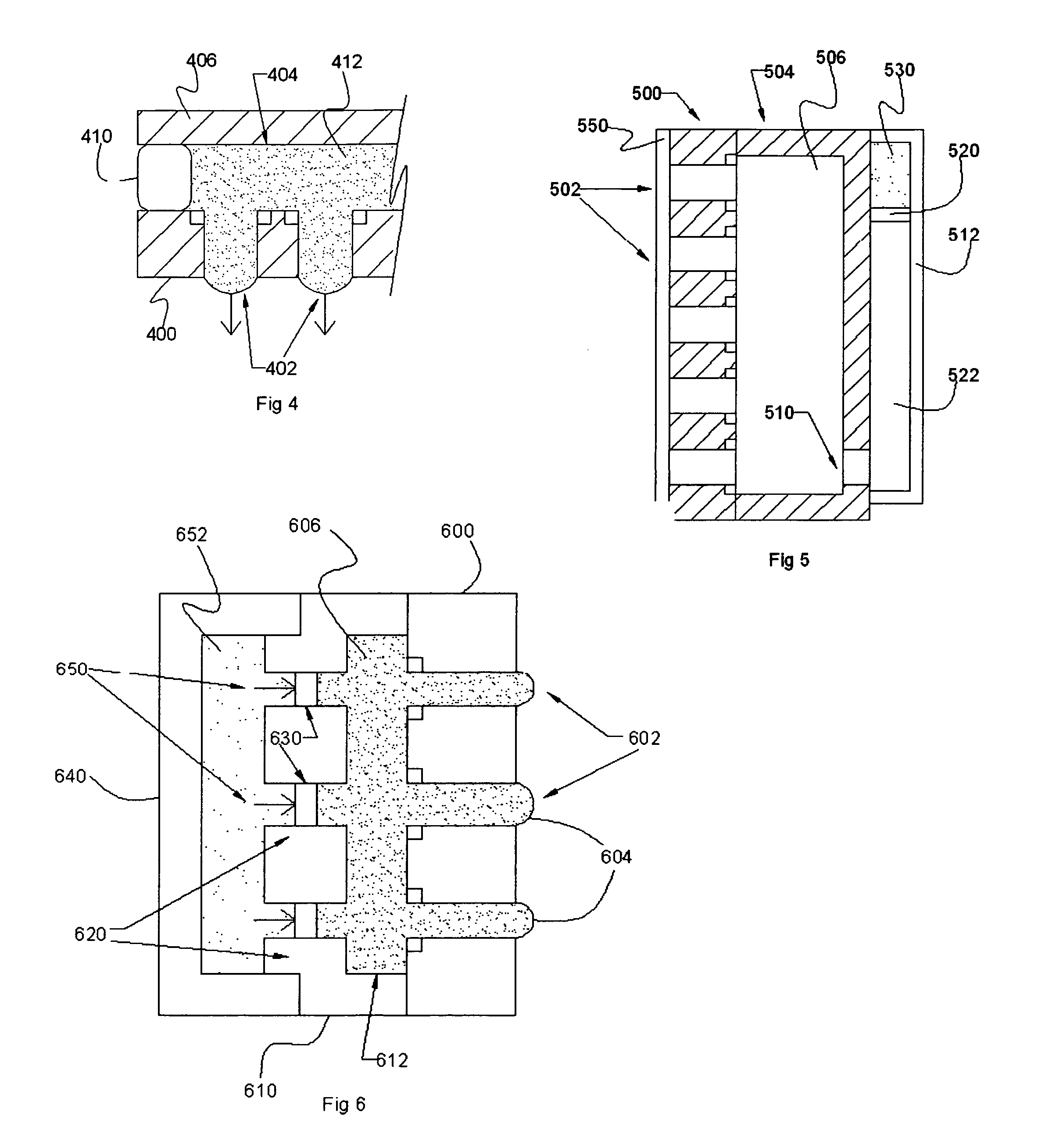Satellite control system
- Summary
- Abstract
- Description
- Claims
- Application Information
AI Technical Summary
Benefits of technology
Problems solved by technology
Method used
Image
Examples
Embodiment Construction
[0028]The present invention proposes a method and a means for generating controlled, small amounts of thrust in defined directions. Thus the invention relies on Newton's third law of motion: “For every action there is an equal and opposite reaction” to turn a satellite in space by generating a thrust in an opposite direction. This is achieved by thermally ejecting small amounts of liquid such as mercury, from one or more channels, in defined directions in a controlled manner. Due to conservation of momentum the momentum of the liquid droplet that is ejected (mass×velocity of the droplet) is reflected as an opposite momentum of the satellite. Thus, although the volume of the droplet is rather small, the combination of a high density liquid and a substantial velocity with which the liquid droplet is expelled translates into an appreciable momentum for the satellite. In one embodiment, a semiconductor substrate structure is formed e.g. by MEMS technology as shown in FIG. 1 to form the ...
PUM
 Login to View More
Login to View More Abstract
Description
Claims
Application Information
 Login to View More
Login to View More - R&D
- Intellectual Property
- Life Sciences
- Materials
- Tech Scout
- Unparalleled Data Quality
- Higher Quality Content
- 60% Fewer Hallucinations
Browse by: Latest US Patents, China's latest patents, Technical Efficacy Thesaurus, Application Domain, Technology Topic, Popular Technical Reports.
© 2025 PatSnap. All rights reserved.Legal|Privacy policy|Modern Slavery Act Transparency Statement|Sitemap|About US| Contact US: help@patsnap.com



